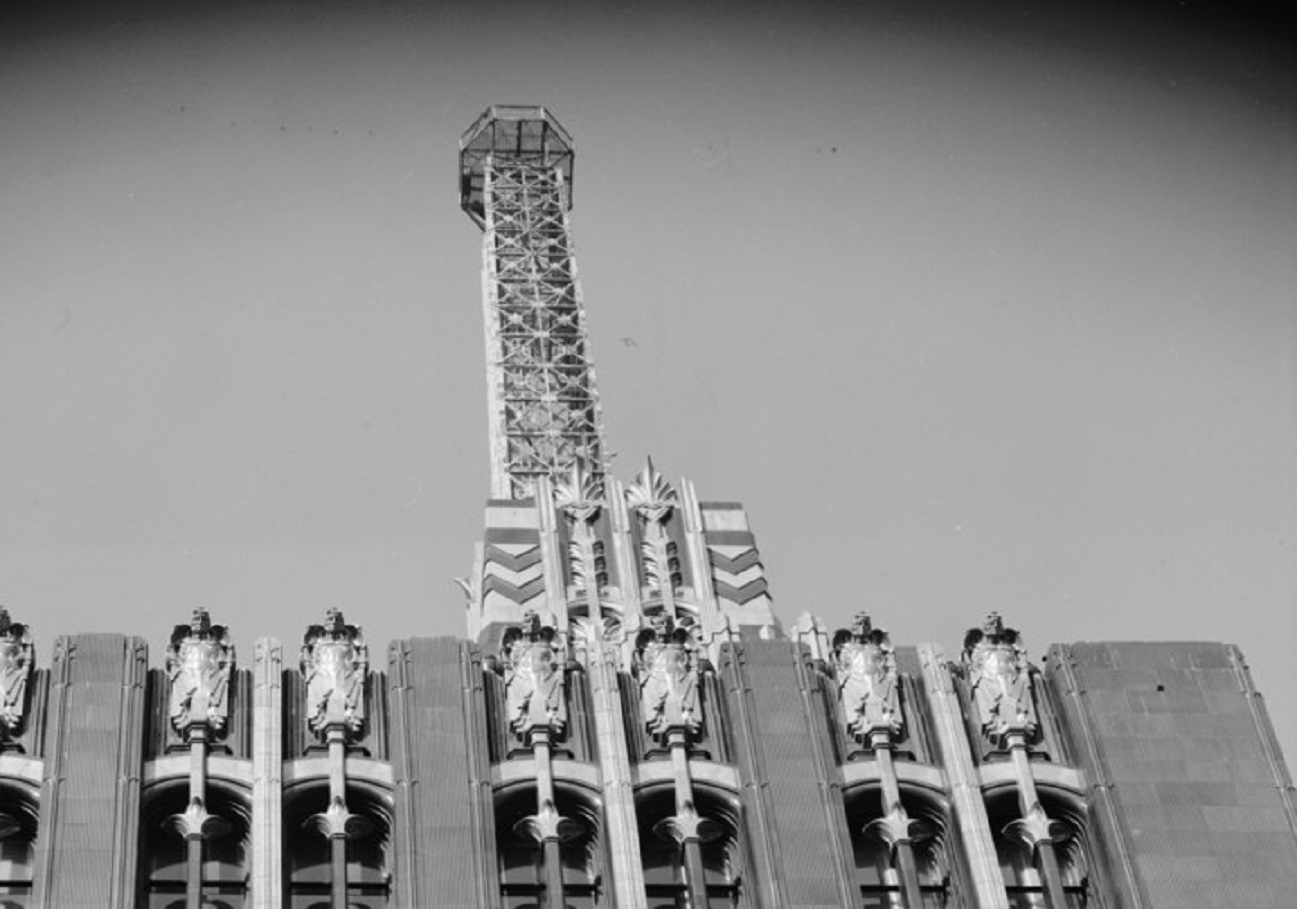Iconic Buildings Demolished
When a building becomes iconic, its demolition doesn’t just clear space—it sparks outrage, mourning, and lasting debate. The structures on this list may be gone, but they didn’t vanish quietly. Each one left behind a legacy of admiration, resistance, and a reminder of what we lost in the name of progress.

Pennsylvania Station
The original Pennsylvania Station was a New York City landmark. It was built in 1910 by legendary firm, McKim, Mead & White, and owned by the Pennsylvania Railroad.
 Unknown Author, Wikimedia Commons
Unknown Author, Wikimedia Commons
Pennsylvania Station: Demolished
The building was demolished in 1963 because of a decline in railway ridership. It was then replaced with Madison Square Garden and the current iteration of Penn Station.
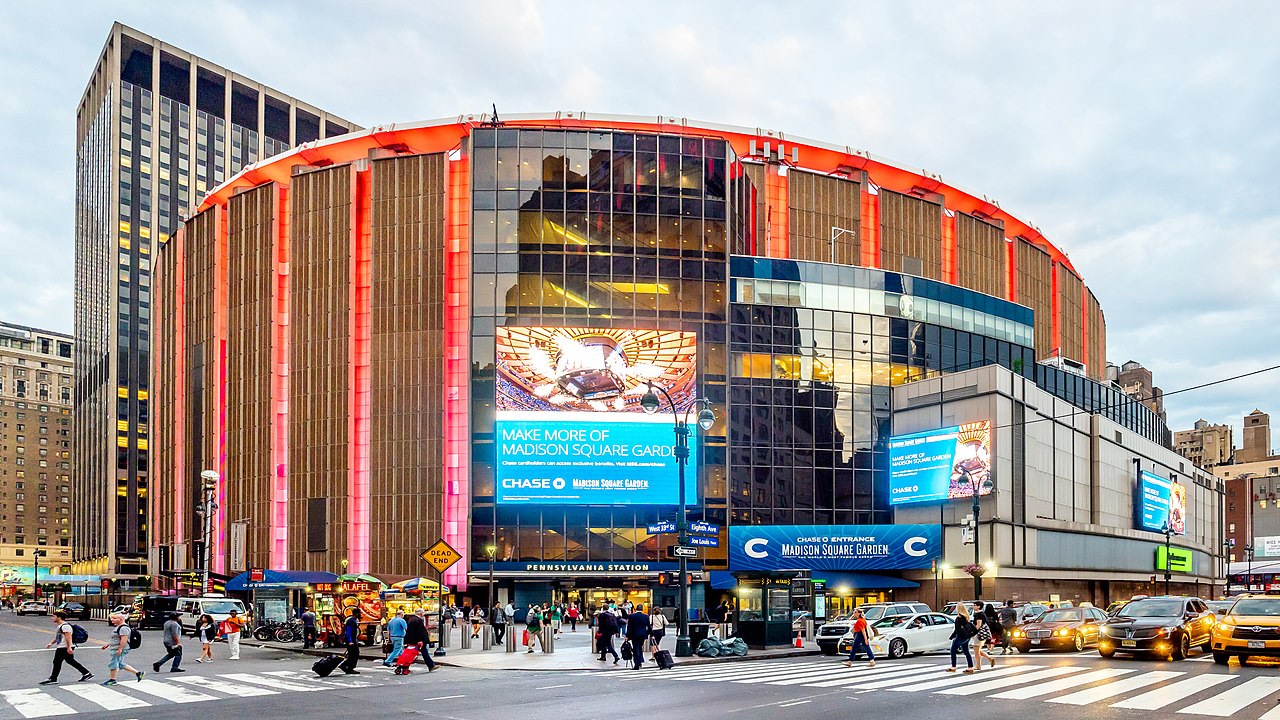 Ajay Suresh, CC-BY-2.0, Wikimedia Commons
Ajay Suresh, CC-BY-2.0, Wikimedia Commons
Prentice Women’s Hospital
The Prentice Women’s Hospital and Maternity Center in Chicago was designed by Bertrand Goldberg and completed in 1975. It was a perfect example of brutalist architecture.
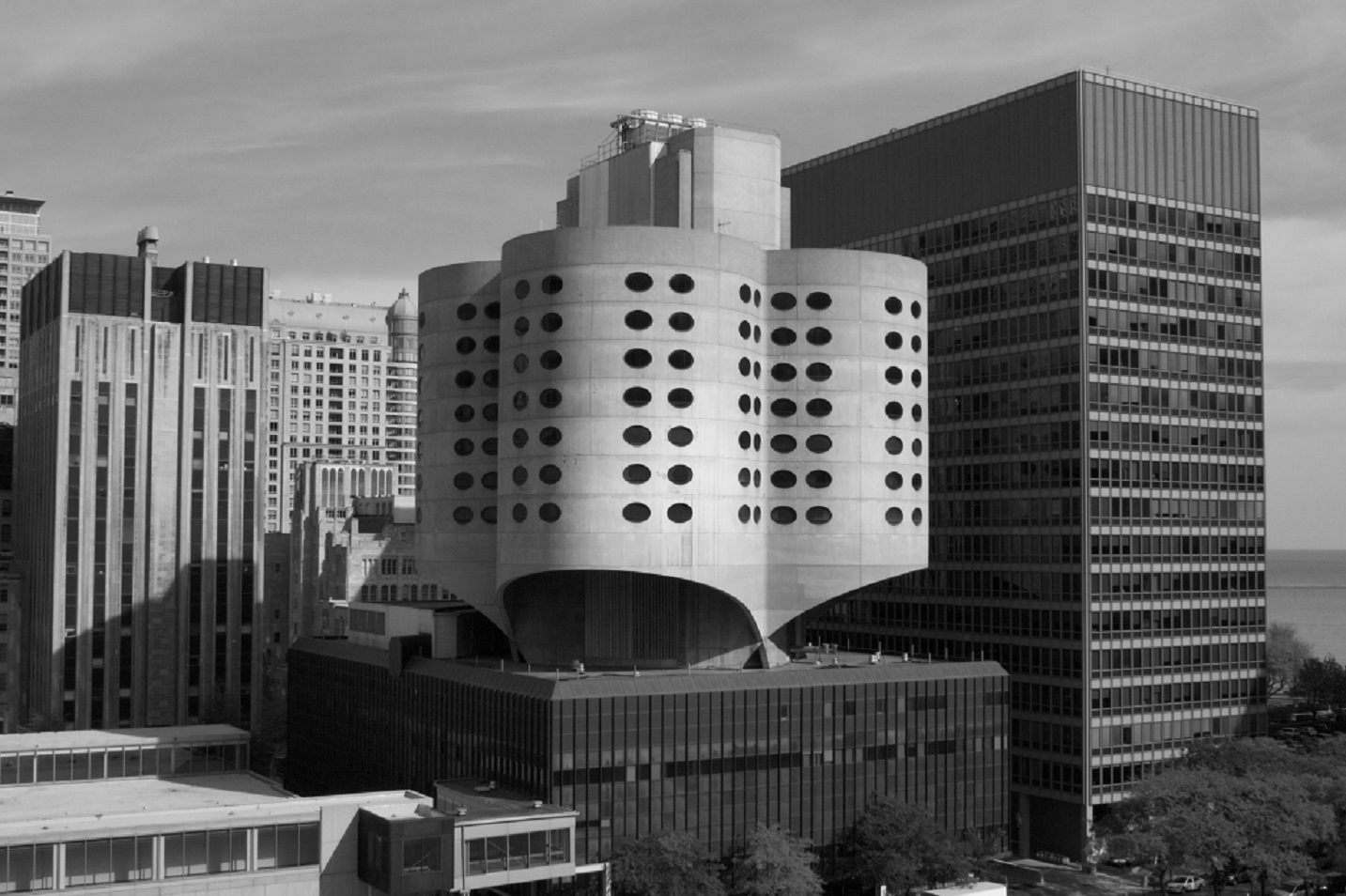 AkatherineGu, CC-BY-SA-4.0, Wikimedia Commons
AkatherineGu, CC-BY-SA-4.0, Wikimedia Commons
Prentice Women’s Hospital: Teardown
The building was demolished in 2013 after its owner, Northwestern University, claimed the site was needed for new medical research facilities.
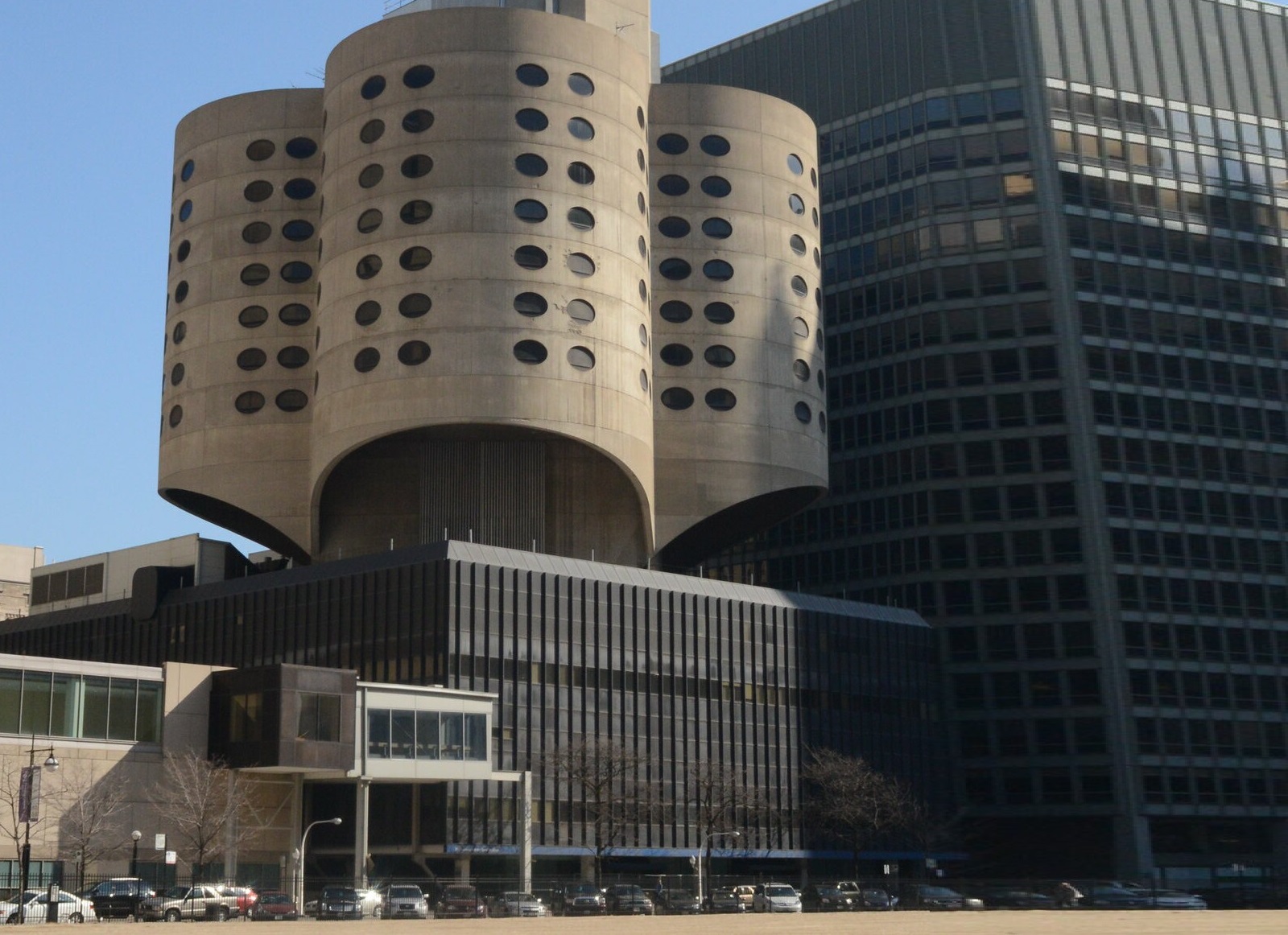 Uncommon fritillary, Wikimedia Commons
Uncommon fritillary, Wikimedia Commons
Gettysburg Cyclorama
Gettysburg Cyclorama was the visitor center at the Gettysburg National Military Park. It was designed by Richard Neutra and housed a 360-degree painting by Paul Philippoteaux of the Civil War battle Pickett’s Charge.
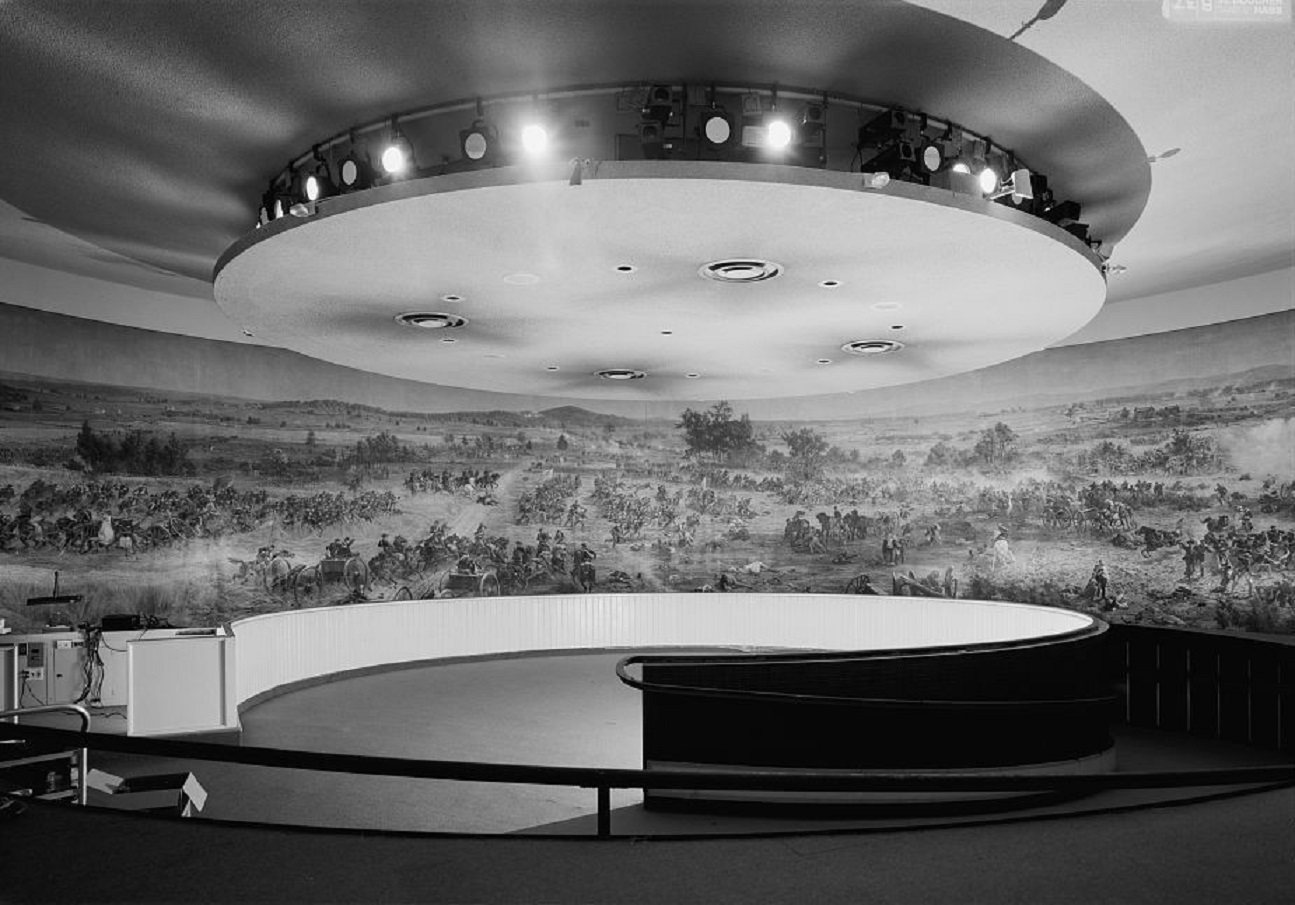 Jack Boucher, Wikimedia Commons
Jack Boucher, Wikimedia Commons
Gettysburg Cyclorama: Destroyed
The modernist structure was opened in 1962, and despite protest it was demolished by the National Parks Service in 2013 to preserve the historical context of the site.
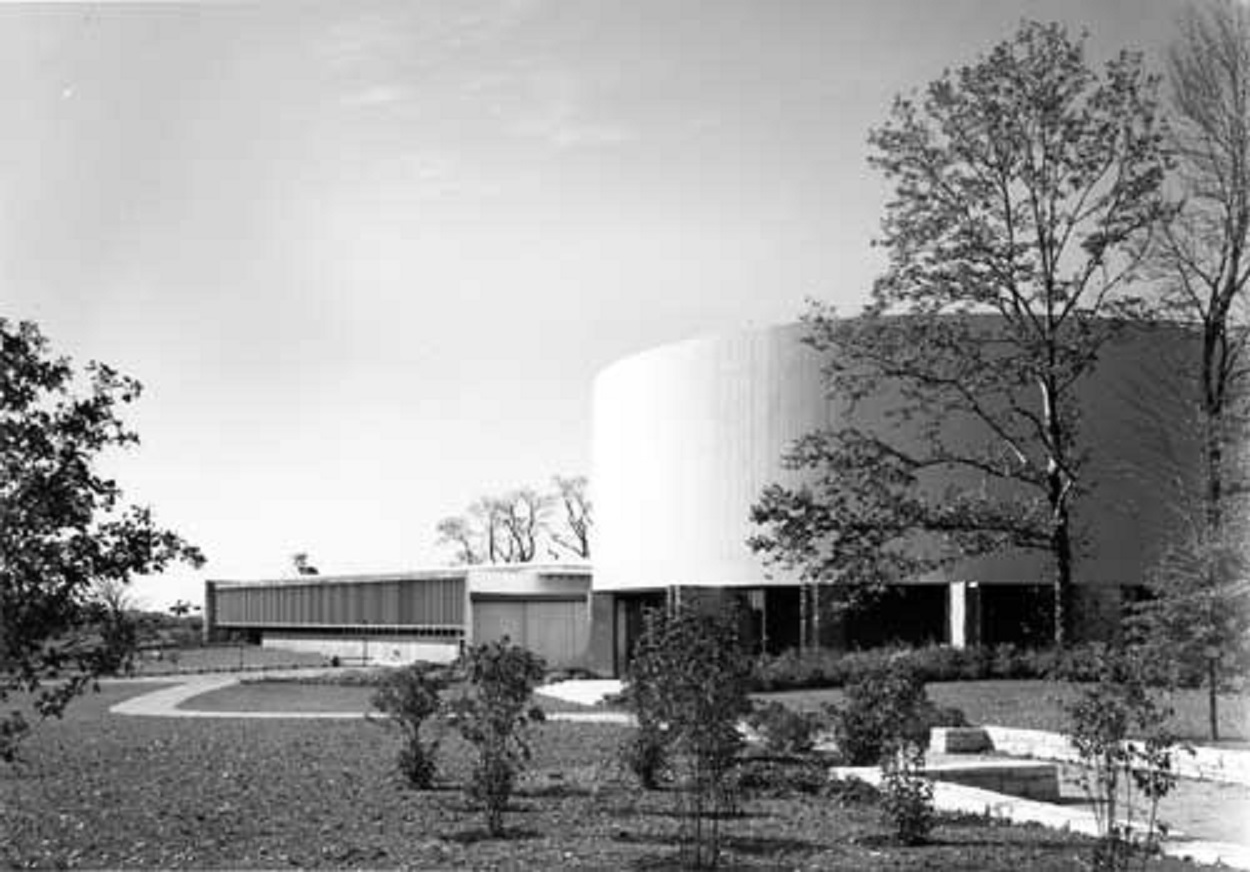 Jack Boucher, Wikimedia Commons
Jack Boucher, Wikimedia Commons
Marlborough-Blenheim Hotel
The Marlborough-Blenheim Hotel was a destination resort build on the shoreline of Atlantic City, New Jersey. It was designed by Will Price, and the beautiful structure was featured in multiple films.
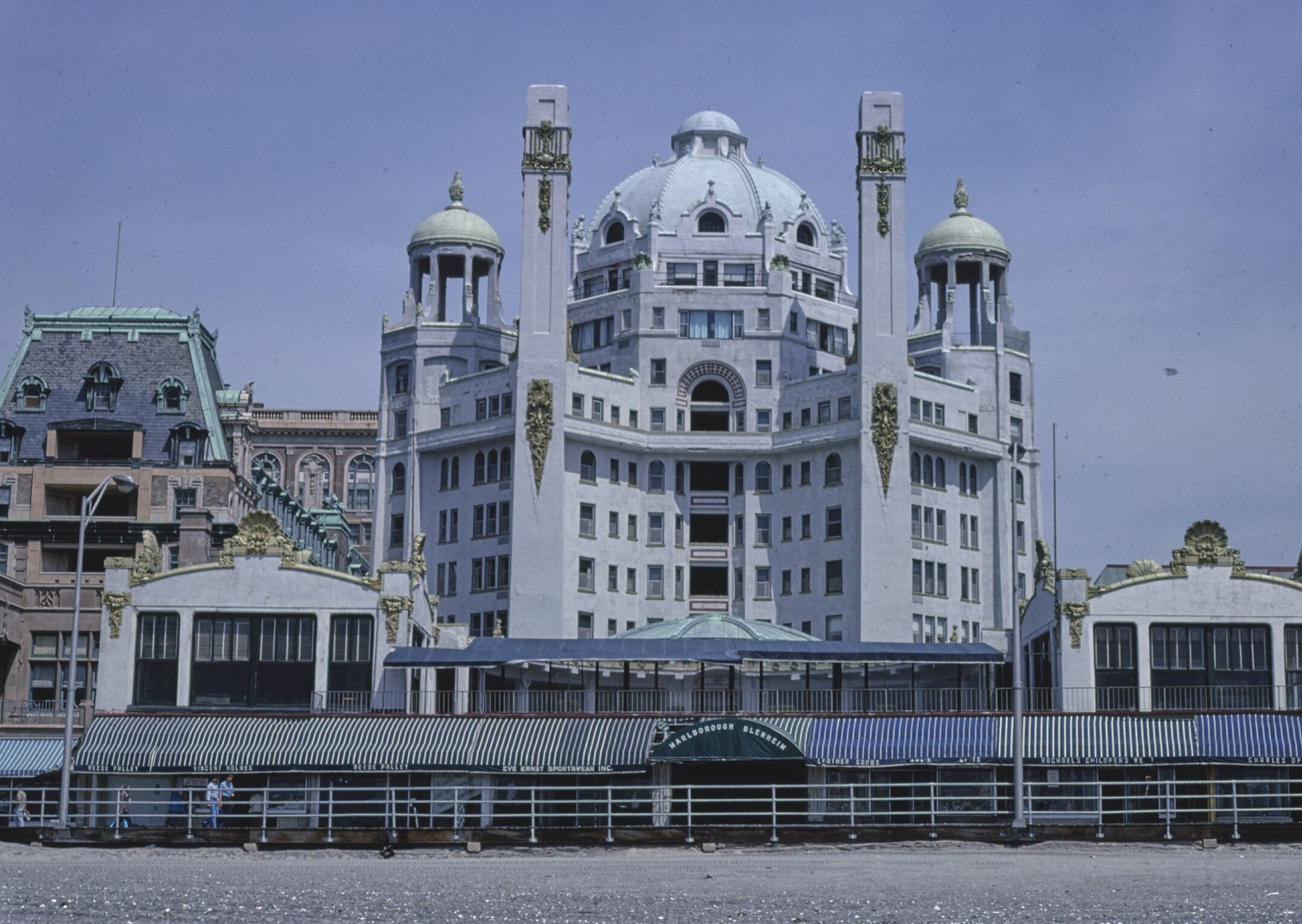 Library of Congress, Wikimedia Commons
Library of Congress, Wikimedia Commons
Marlborough-Blenheim Hotel
The stunning resort hotel, once host to Winston Churchill, was demolished in 1978 to make way for a casino.
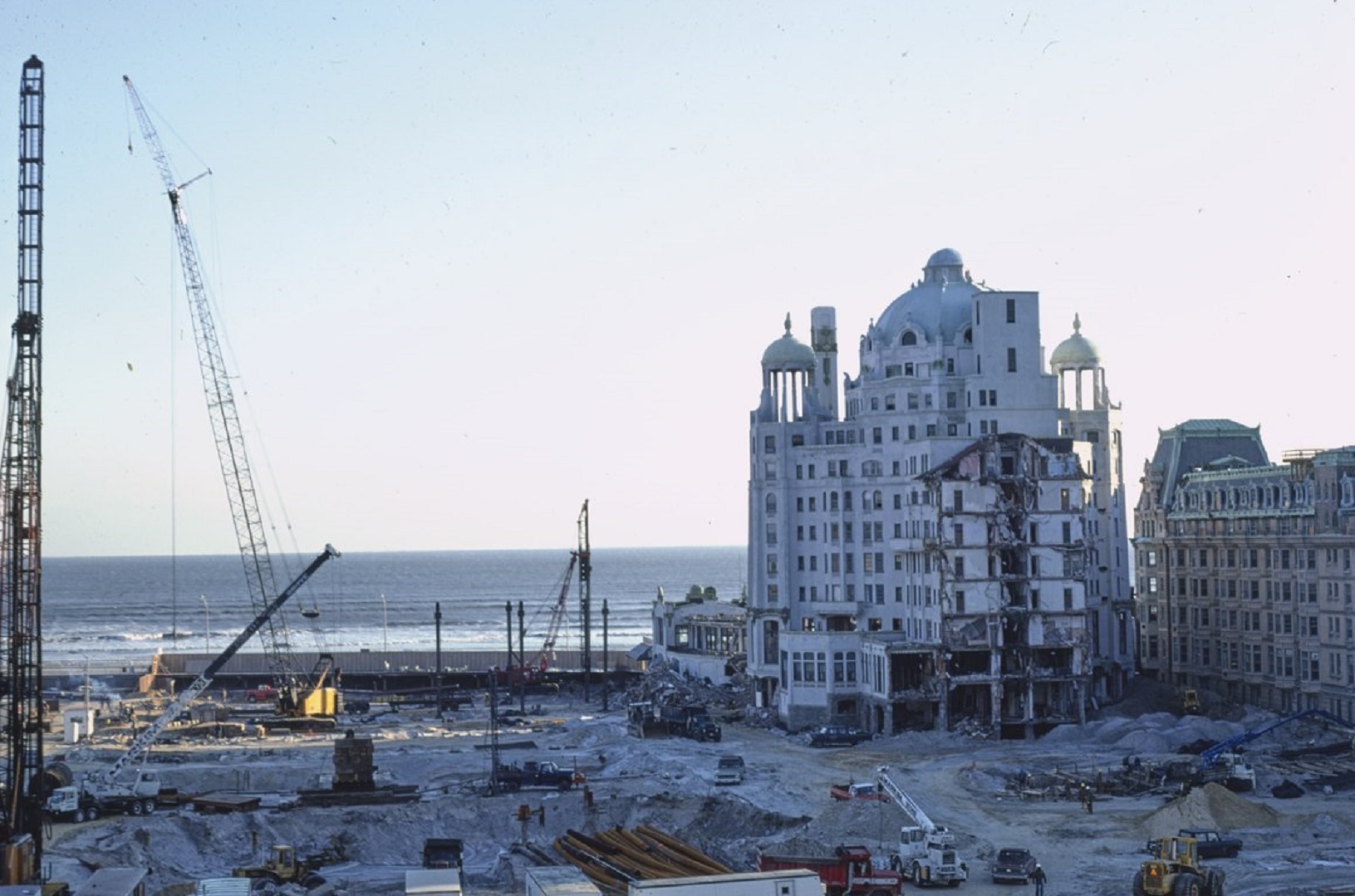 Library of Congress, Wikimedia Commons
Library of Congress, Wikimedia Commons
Savoy-Plaza Hotel
Originally in its place was the Savoy Hotel, until Harry S. Black (the owner of the Plaza Hotel) used the site to build the Savoy-Plaza Hotel in 1927.
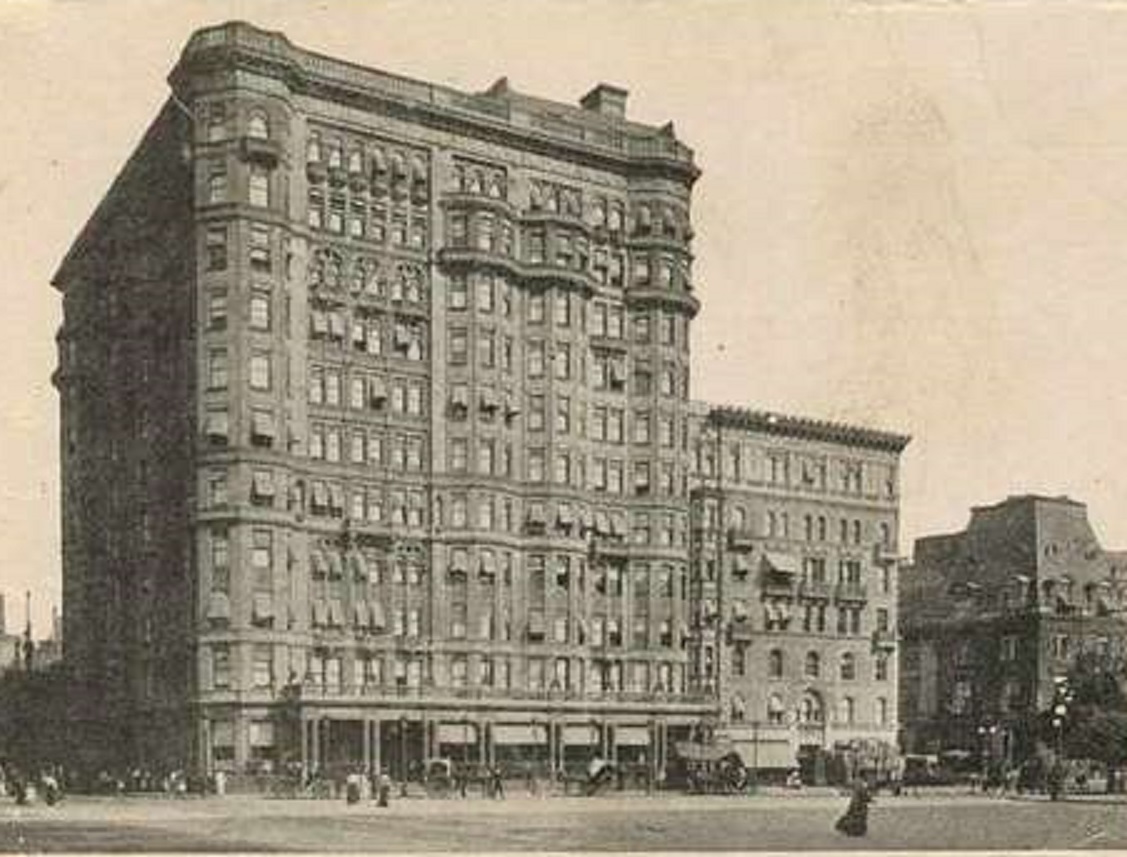 New York Public Library, NYPL Archive
New York Public Library, NYPL Archive
Savoy-Plaza Hotel: Demolished
The building was designed by McKim, Mead & White and was an iconic structure along the edge of NYC Central Park until it was demolished in 1965 so the site could be used for the General Motors Building.
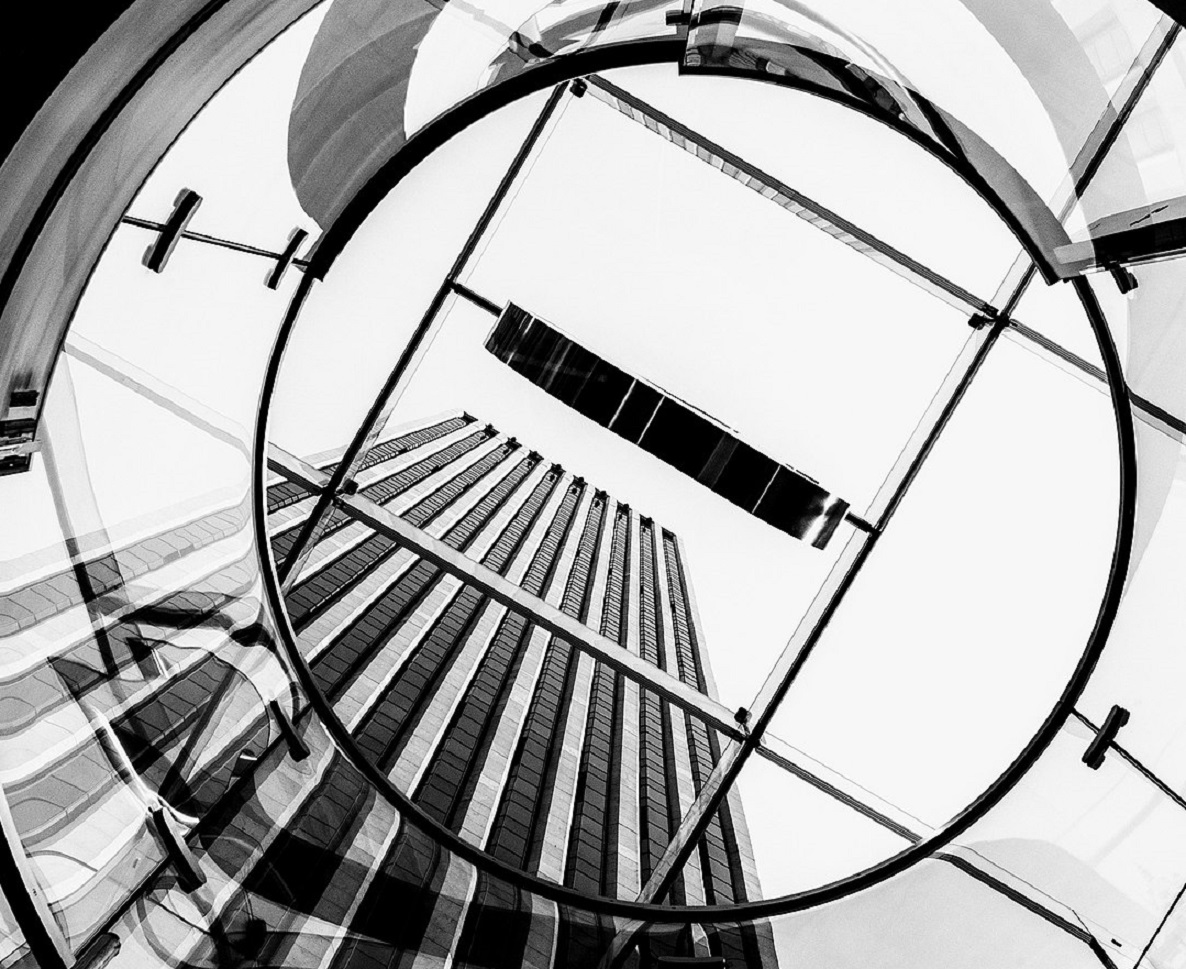 Magdalena Roeseler, Wikimedia Commons
Magdalena Roeseler, Wikimedia Commons
Hayvenhurst
In 1919, Russian actress Alla Nazimova bought Hayvenhurst, an estate built in 1913 on Hollywood’s Sunset Boulevard. By 1927, she had added villas around the main house and opened the property as the Garden of Alla Hotel.
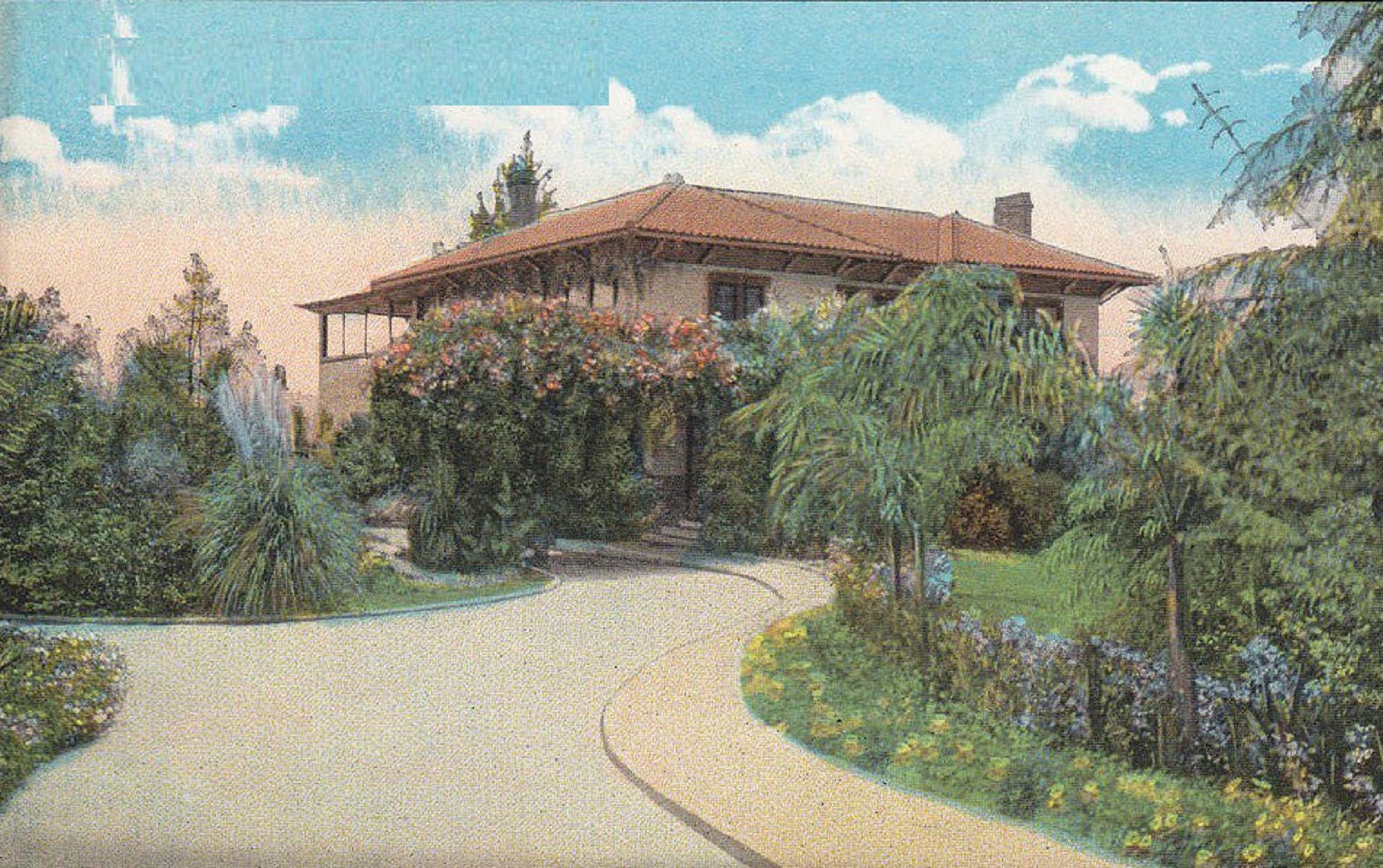 Postcard publisher, Wikimedia Commons
Postcard publisher, Wikimedia Commons
Hayvenhurst: Takedown
New owners took over in 1930 and renamed the property the Garden of Allah, turning it into a legendary Hollywood hotspot. But in 1959, it was torn down to make way for a bank.
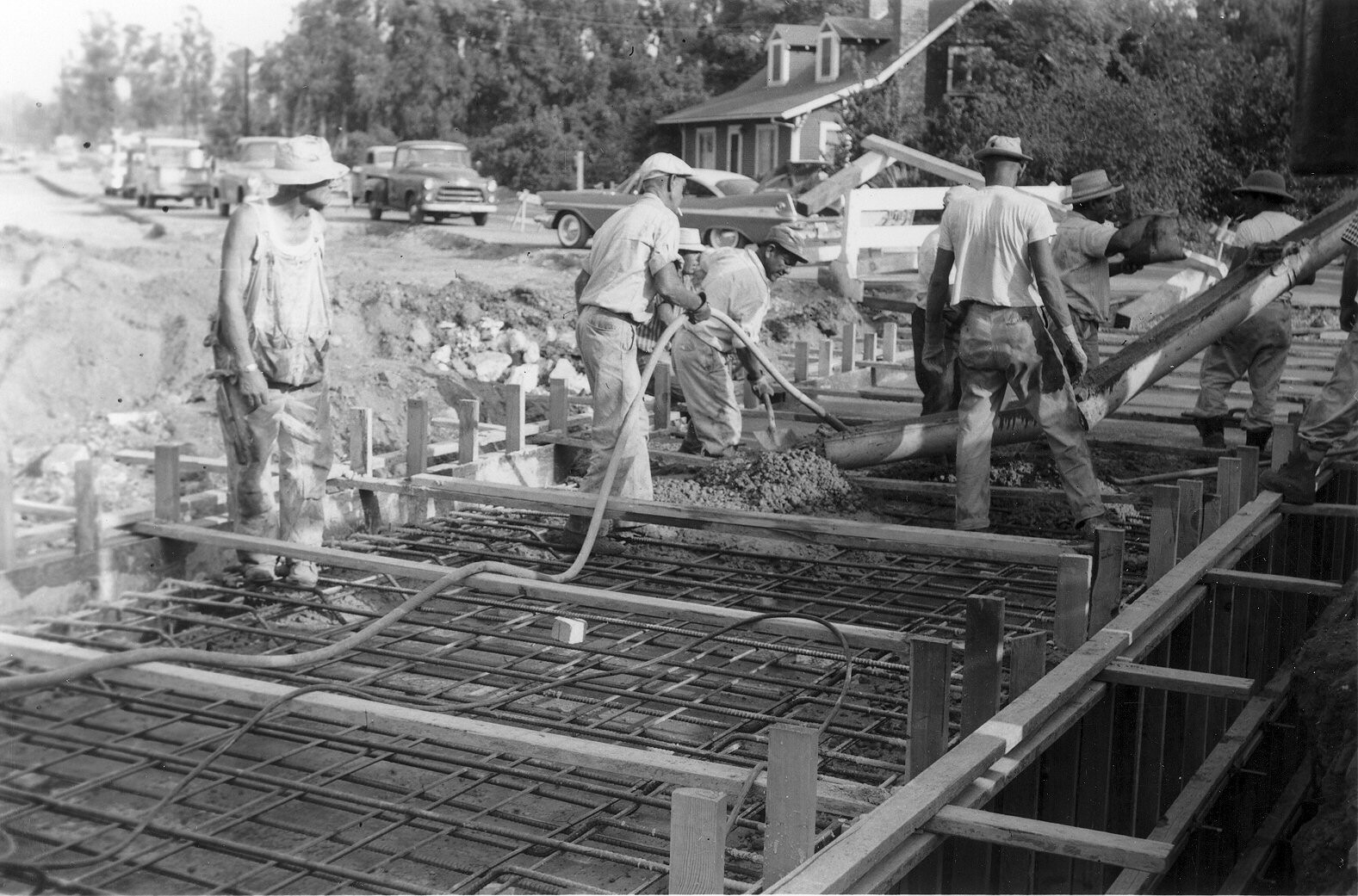 Orange County Archives, Flickr
Orange County Archives, Flickr
The Brown Derby
Opened in 1926, the Brown Derby Restaurant was across the street from the celeb-studded Cocoanut Grove at the Ambassador Hotel in L.A.
 Sba2, CC-BY-SA-3.0, Wikimedia Commons
Sba2, CC-BY-SA-3.0, Wikimedia Commons
The Brown Derby: Demolished
Although the eatery is still an icon of the city’s architectural history, it was demolished in 1980 and turned into a parking lot.
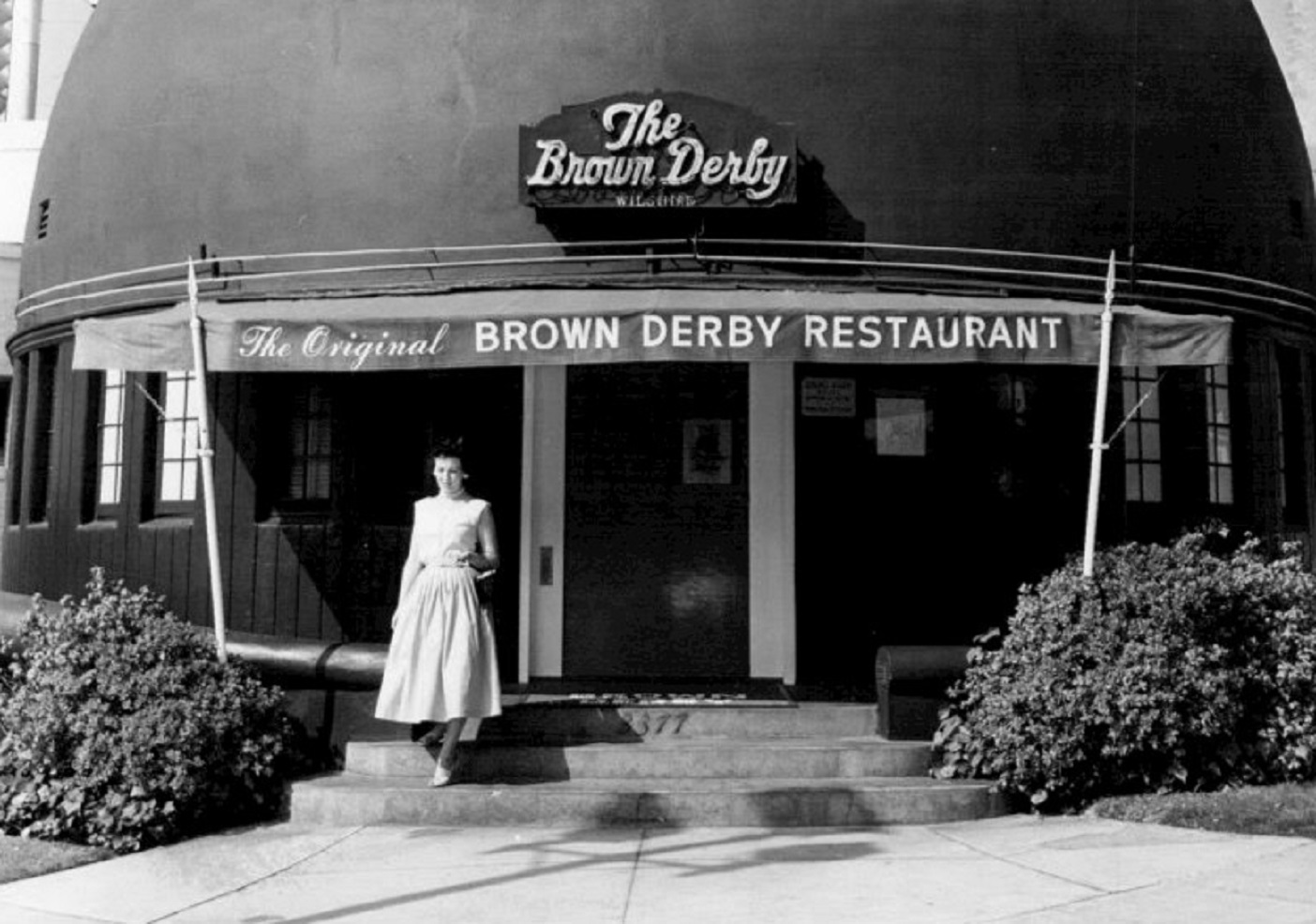 United Air Lines, Wikimedia Commons
United Air Lines, Wikimedia Commons
Imperial Hotel
In 1923, Frank Lloyd Wright built his iteration of Tokyo’s original Imperial Hotel after it was destroyed in a fire, with his signature Mayan Revival style architecture.
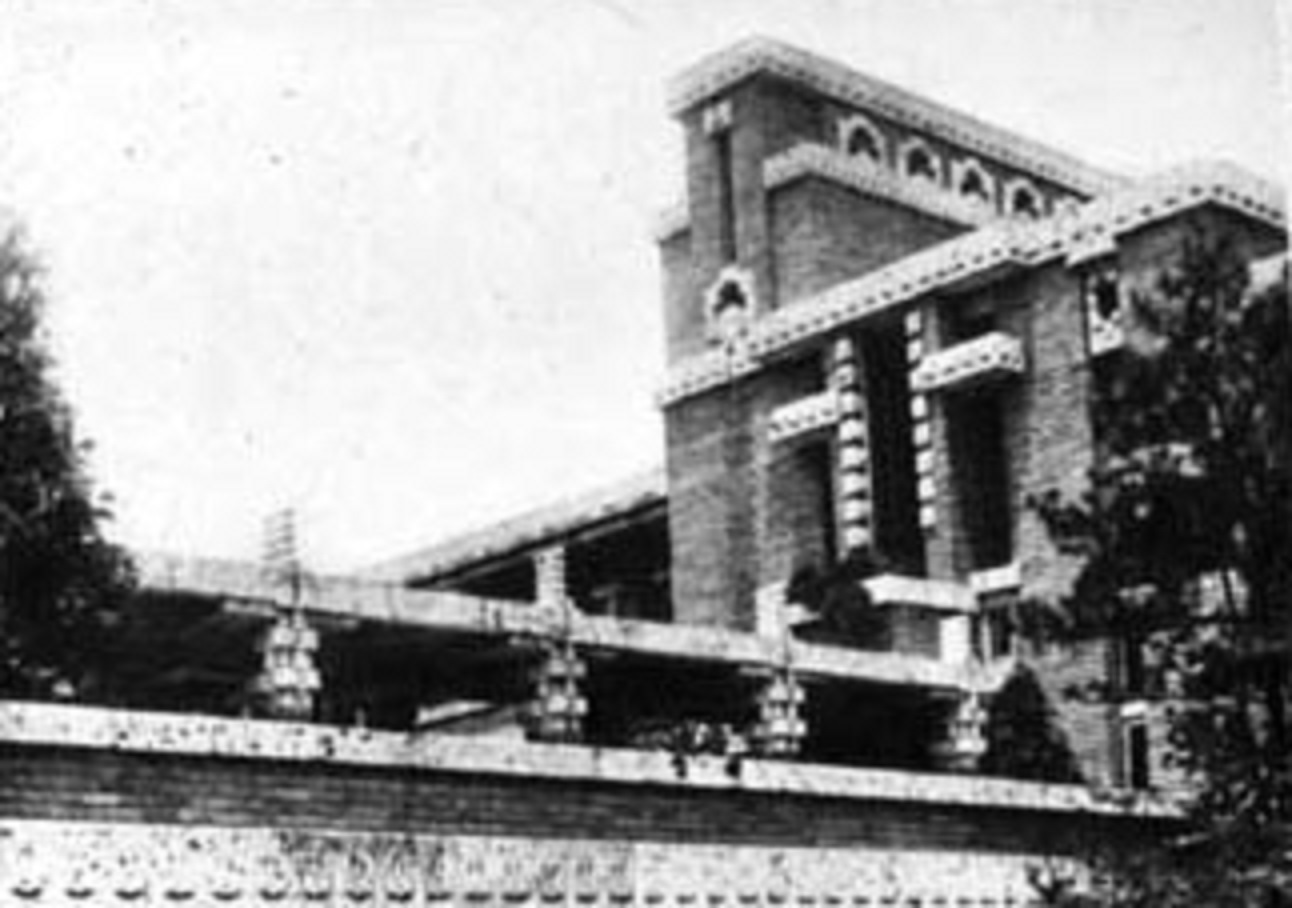 Unknown Author, Wikimedia Commons
Unknown Author, Wikimedia Commons
Imperial Hotel: Destroyed
Although the hotel famously withstood a massive earthquake, it was demolished in 1967 to make way for a high-rise third iteration.
 Unknown author, Wikimedia Commons
Unknown author, Wikimedia Commons
Welbeck Street Car Park
The Welbeck Street Car Park was designed by Michael Blampied and opened in 1971. It was a parking garage for a department store, and it was an icon of brutalist architecture with its honeycomb-like concrete façade.
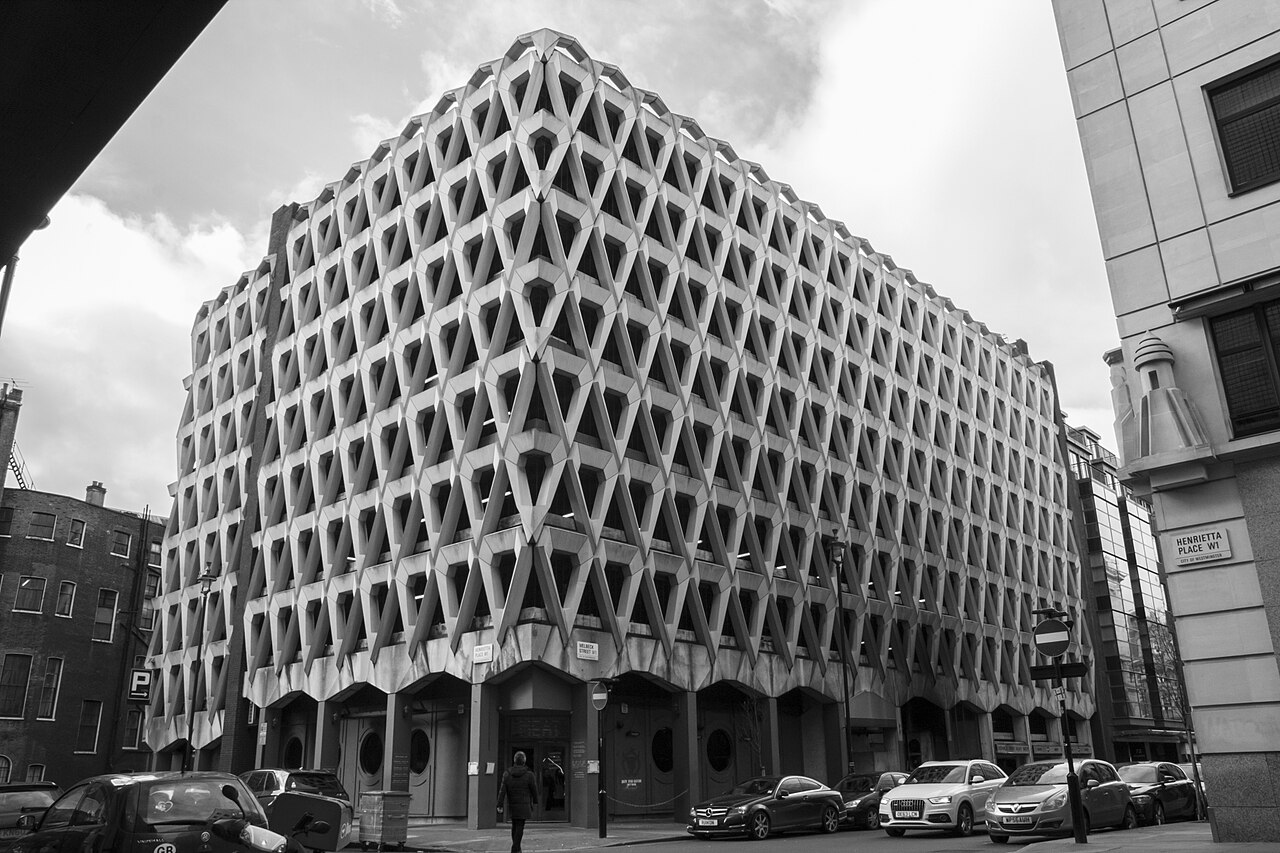 Welbeck Street Car Park, Wikimedia Commons
Welbeck Street Car Park, Wikimedia Commons
Welbeck Street Car Park: Demolished
Despite numerous protests, in March 2017 the parking garage was closed and demolition followed in 2019. It was replaced by a 10-storey hotel.
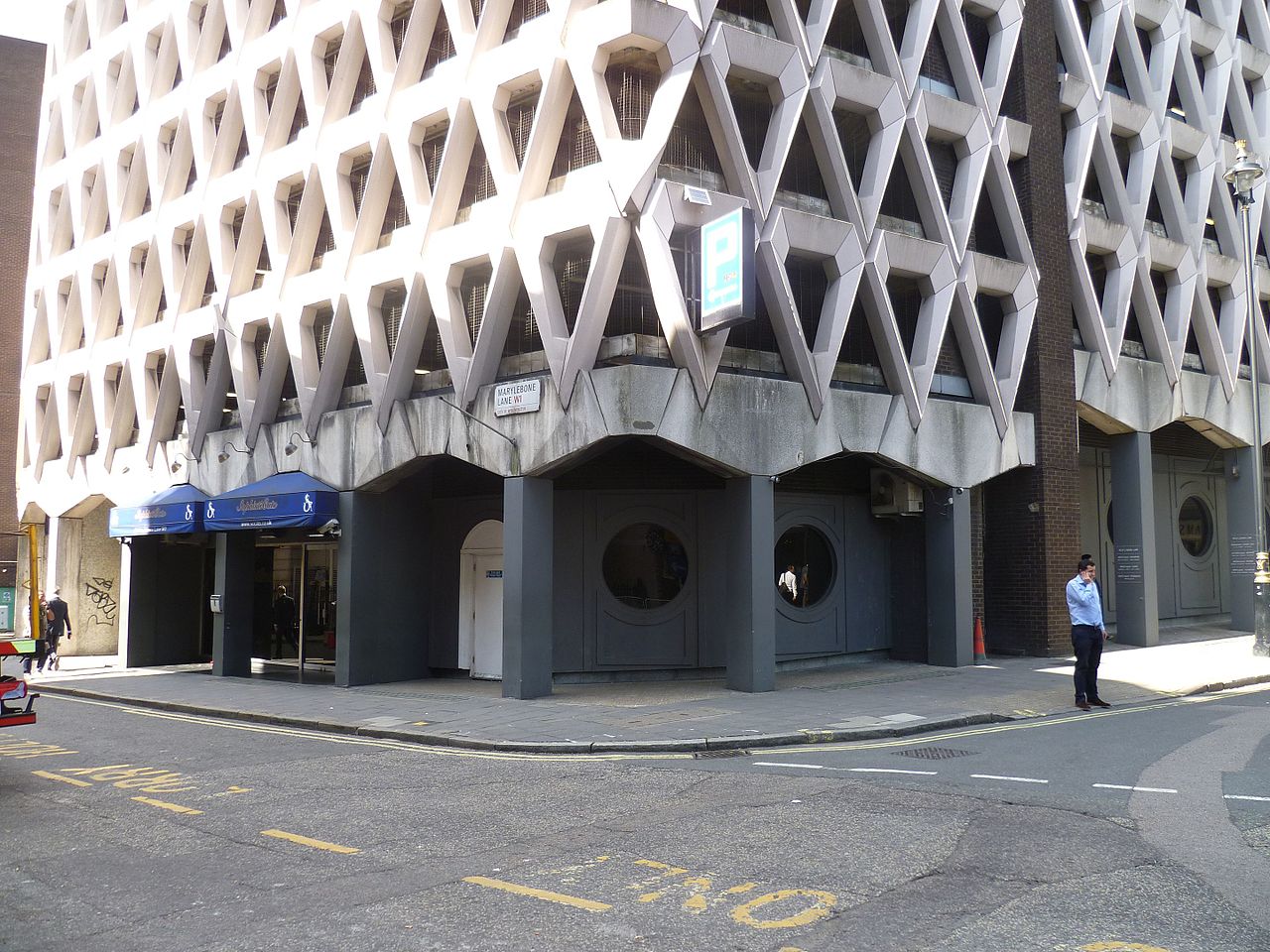 Philafrenzy, CC-BY-SA-4.0, Wikimedia Commons
Philafrenzy, CC-BY-SA-4.0, Wikimedia Commons
Richfield Tower
The Richfield Tower was designed by Stiles O. Clements with an intricately decorated façade constructed from black architectural terra-cotta and gold accents—which was considered an exceptional example of Art Deco architecture of the era.
Richfield Tower: Teardown
The building’s black-and-gold color scheme symbolized “black gold,” a nod to oil. It was demolished after the company reportedly outgrew it, but the iconic elevator doors were salvaged and now reside in the lobby of the City National Tower that replaced it.
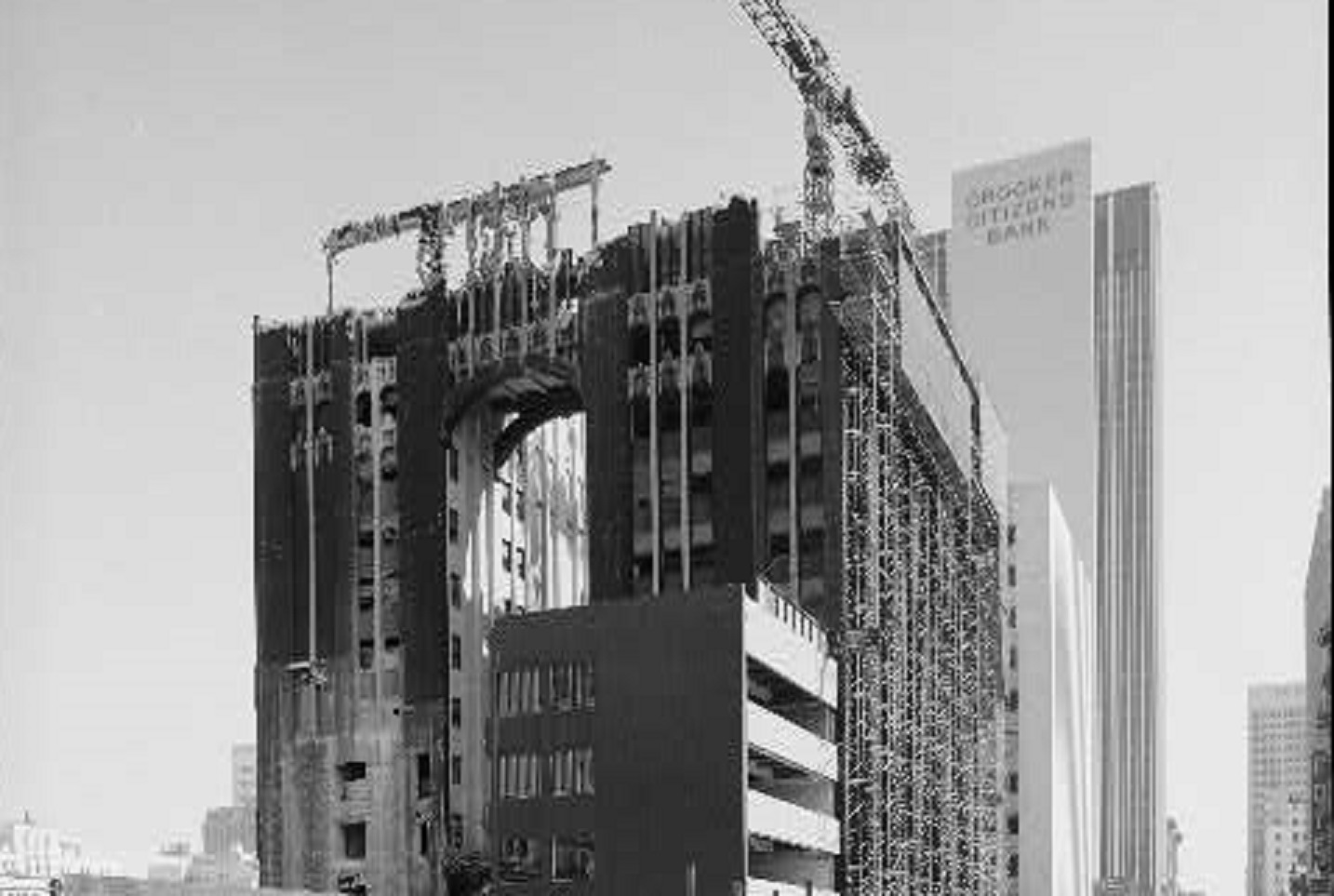 Historic American Buildings Survey, Wikimedia Commons
Historic American Buildings Survey, Wikimedia Commons
Nakagin Capsule Tower
The Nakagin Capsule Tower was designed by Kisho Kurokawa and was one of the most notable examples of Japanese Metabolism, a postwar architectural style of the 1960s. It was a mixed-se residential and office structure and was a combination of two interconnected towers.
Nakagin Capsule Tower: Demolished
The interconnected towers held 14- pre-fabricated and self-contained capsules that were supposed to be replaced every 25 years, but it never happened due to a lack of funding.
The tower was demolished in 2022.
 Kestrel, CC-BY-SA-4.0, Wikimedia Commons
Kestrel, CC-BY-SA-4.0, Wikimedia Commons
The Singer Building
The Singer Building was once the tallest building in the world. Its designer, Ernest Flagg was coincidentally critical of skyscrapers. He took the project as a way to promote skyscraper reform, as he felt they blocked too much light on city streets.
The Singer Building: Takedown
With its unique design and historical significance, the building is credited with influencing New York City’s 1916 Zoning Resolution, which introduced setback requirements and forever reshaped the city's skyline.
 Library of Congress, Wikimedia Commons
Library of Congress, Wikimedia Commons
The Lenox Library
From 1877 until 1912, the Lenox Library sat on Fifth Avenue between 70th and 71st street in Manhattan’s Upper East Side. It started as bibliophile James Lenox’s personal collection after he decided to have a separate building just to house his books.
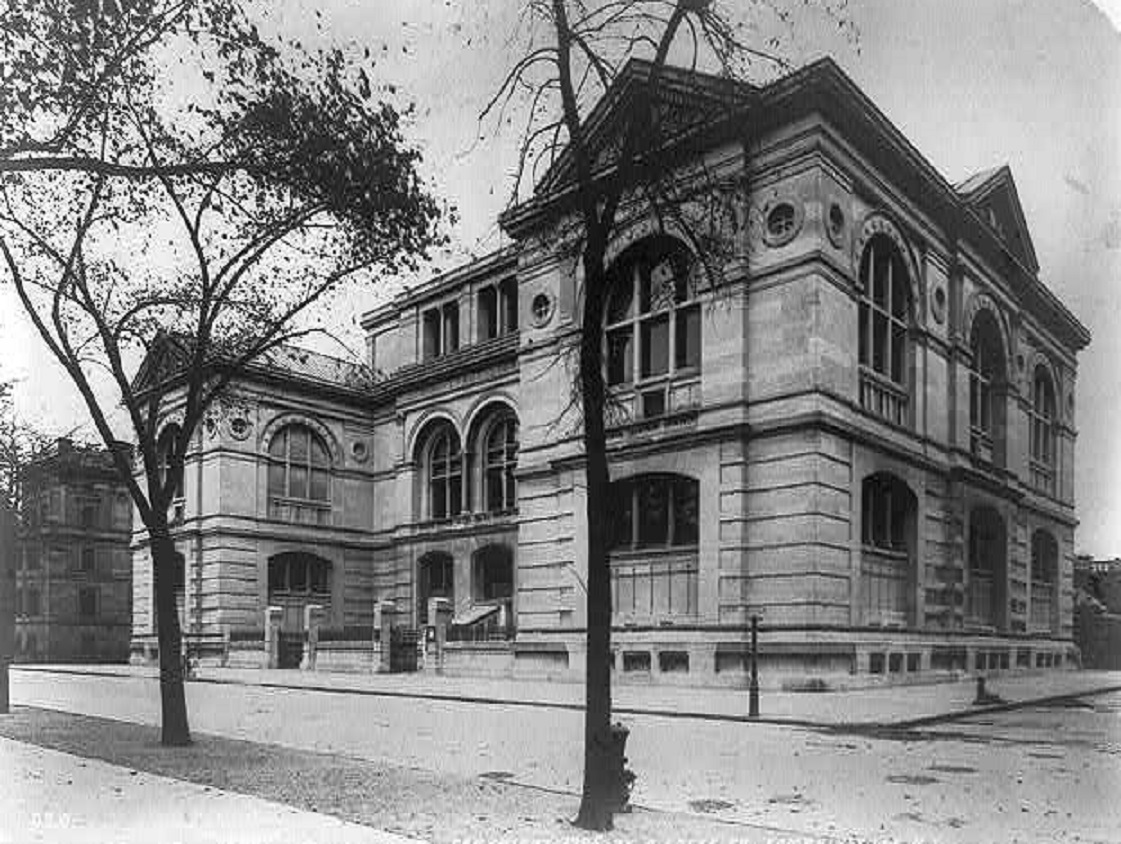 August Loeffler, Wikimedia Commons
August Loeffler, Wikimedia Commons
The Lenox Library: Destroyed
The building was demolished after Lenox passed, and all of the roughly 85,000 books inside were moved to the main branch of the New York Public Library.
Cornelius Vanderbilt II’s Mansion
The largest mansion in Manhattan at the time belonged to Cornelius Vanderbilt II. It occupied most of the northwest corner of Fifth Avenue and West 57th Street, and was six stories tall.
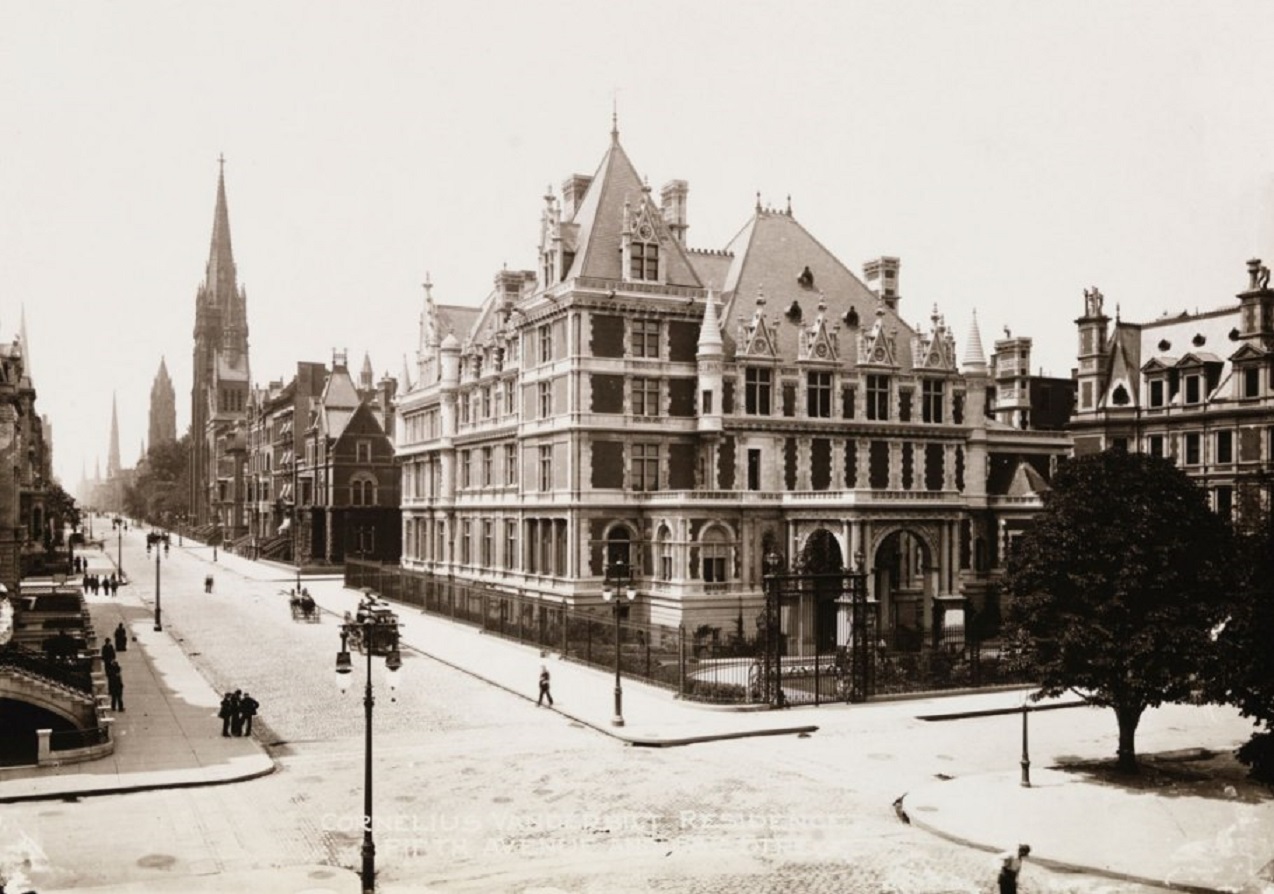 Unknown author, Wikimedia Commons
Unknown author, Wikimedia Commons
Cornelius Vanderbilt II’s Mansion: Demolished
The mansion, once home to a drawing room, music room, salon, ballroom, and more, was demolished in 1926 to make way for the Bergdorf Goodman department store.
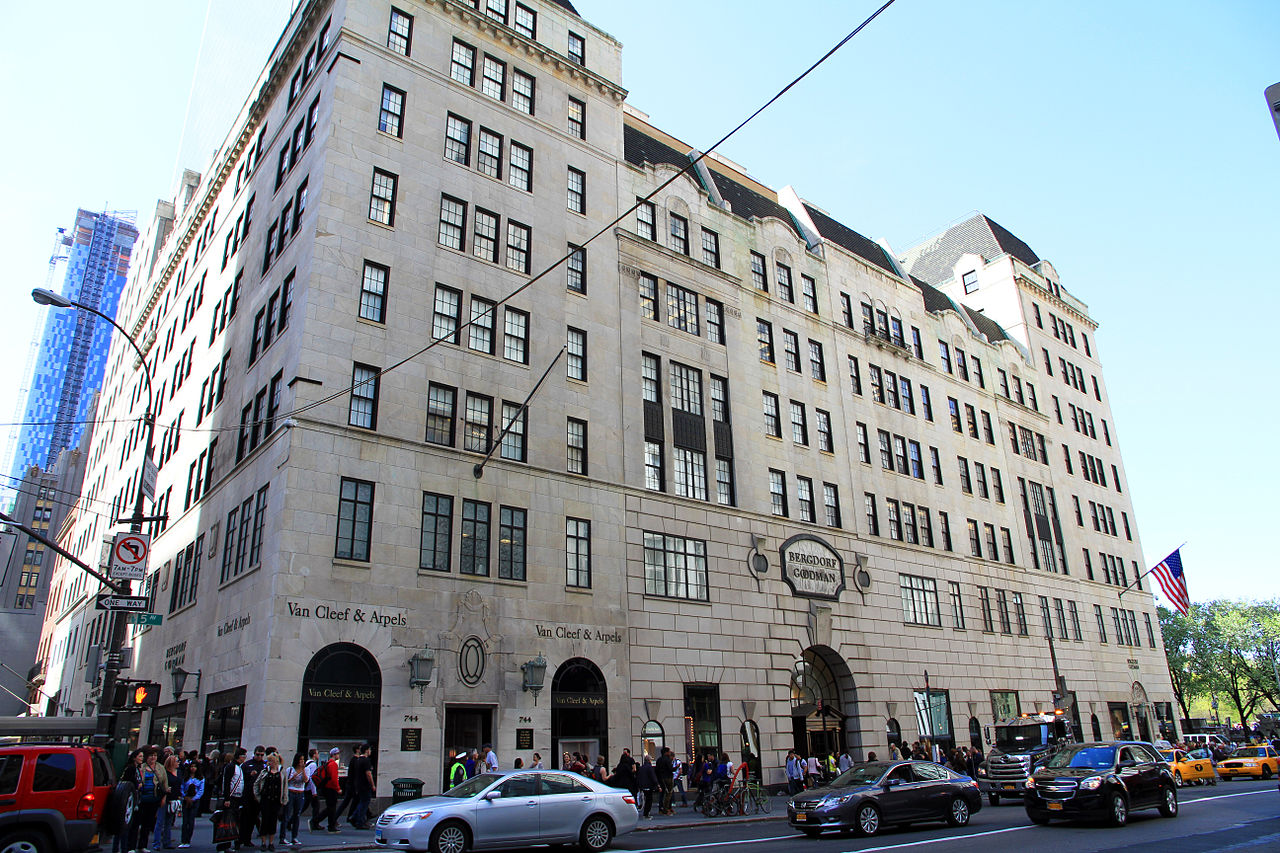 Ingfbruno, CC-BY-SA-3.0, Wikimedia Commons
Ingfbruno, CC-BY-SA-3.0, Wikimedia Commons
La Pagoda
La Pagoda, in Madrid, Spain, was officially called Laboratorios Jorba (Jorba Laboratories) but was referred to as La Pagoda because of its resemblance to a Buddhist Temple. It was designed by Miguel Fisac, and each floor was a rotated 45-degree angle from the one below it.
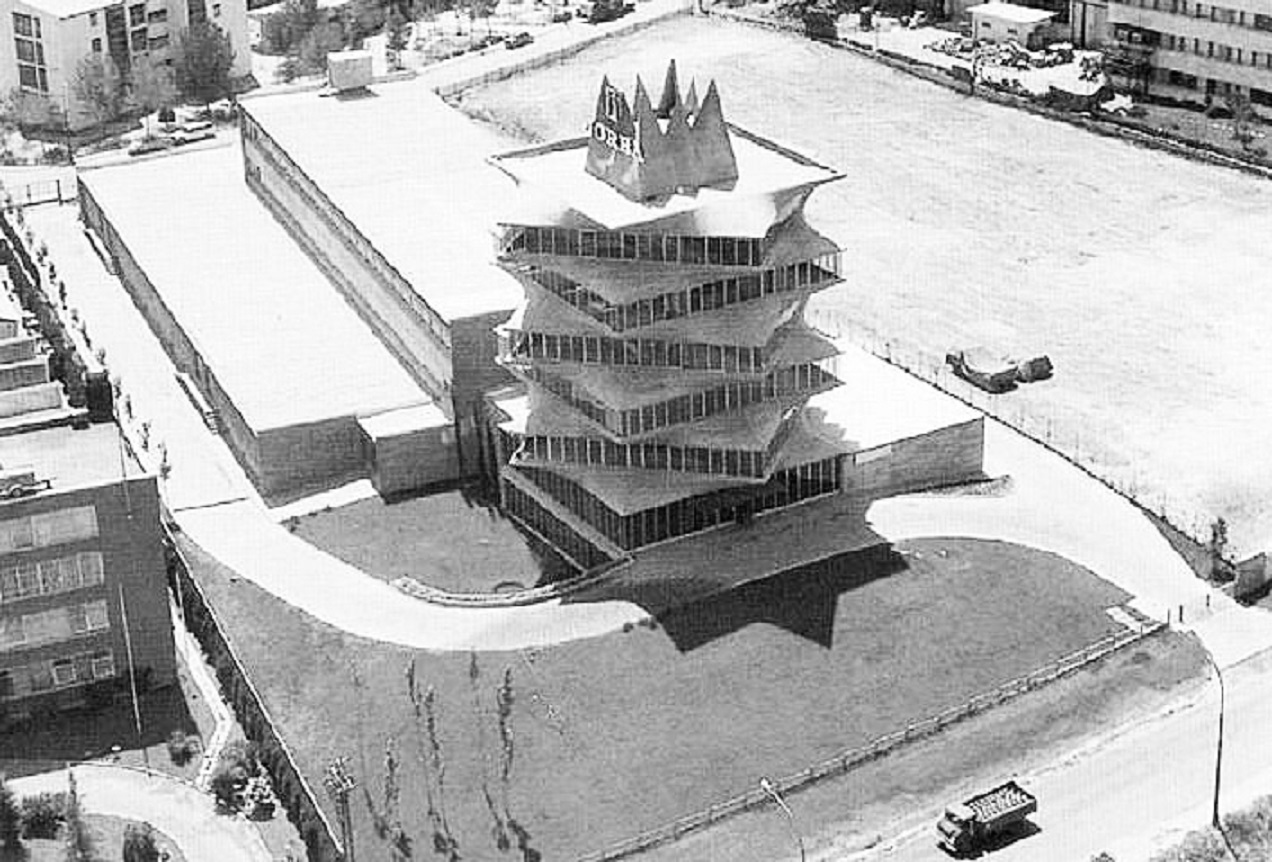 Unknown Author, Wikimedia Commons
Unknown Author, Wikimedia Commons
La Pagoda: Demolished
Fisac was well-known for his love of concrete, and was a leader in modern design in Spain. Sadly, the building was demolished in 1999—and it caused quite a bit of public attention.
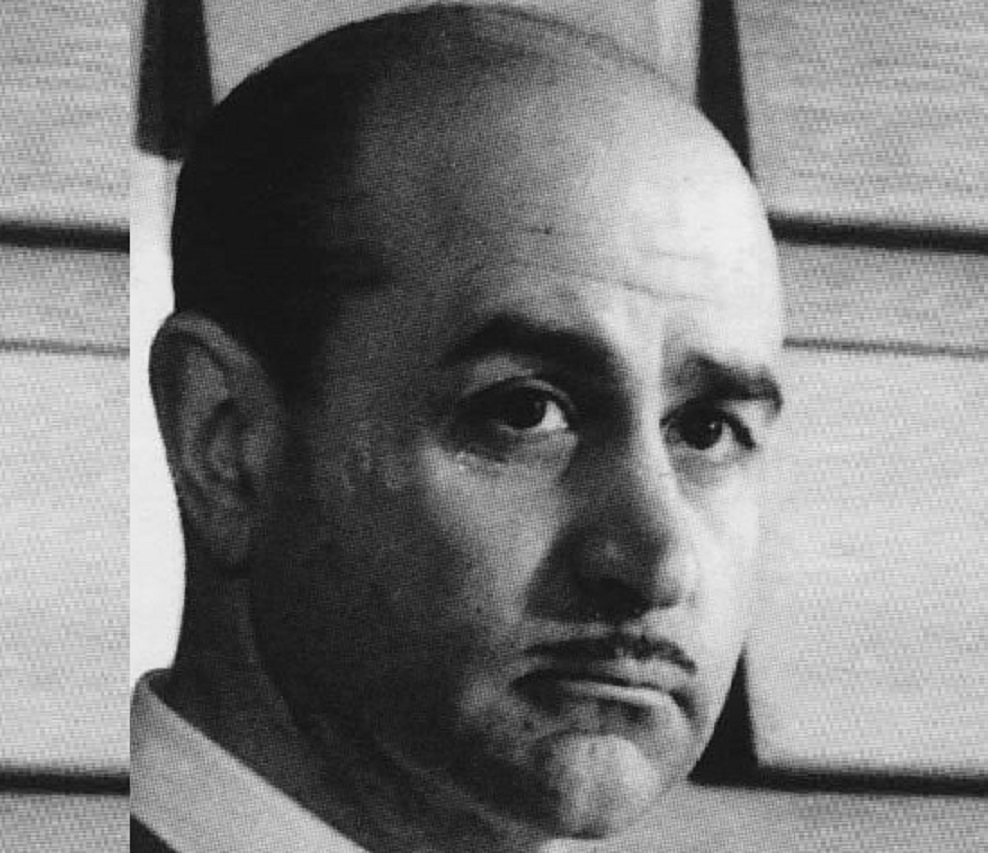 Unknown Author, Wikimedia Commons
Unknown Author, Wikimedia Commons
Source: 1

